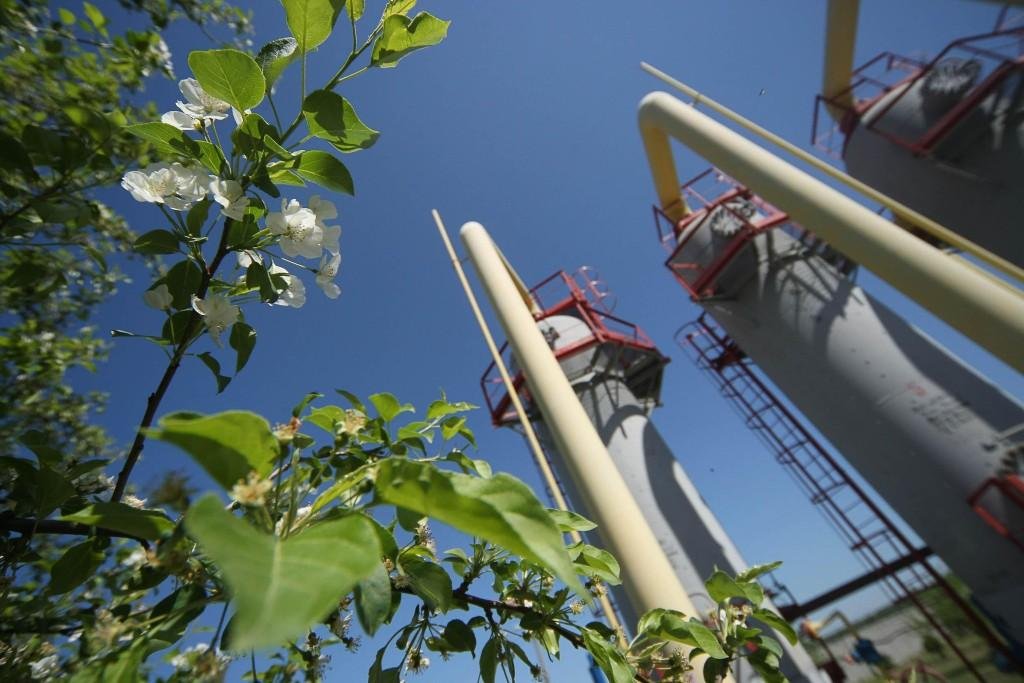Nothing affects the state of nature in the same way as human activity, no natural disasters have a more serious and lasting effect on the environment. Emissions of toxic waste poison water, air and soil and lead to the death of entire ecosystems, deforestation and poaching lead to the extinction of many species of animals. The situation worsens as technology advances. Let’s talk about environmental protection organizations, their tasks, goals and means, as well as what everyone can do today to protect nature.
World Environment Day
Environmental protection was not a priority until the middle of the twentieth century, although by that time anthropogenic activities had long had the most negative impact on nature. Only at the 27th session of the UN General Assembly was this question seriously raised for the first time. Then, a new organization was created in the UN system – the United Nations Environment Program (UNEP). In the same year, on the day of the start of the Stockholm Conference on the Environment, a special holiday was established – World Environment Day. It is celebrated every year on July 5 and is sponsored by UNEP.
The purpose of this holiday is to remind every inhabitant of the Earth that the planet is our common home and its condition depends on the actions of each of us. Ecological events take place around the world on this day – from marathons, bike rides and concerts to community work days.
Each holiday is dedicated to a certain theme and takes place under its own motto. The very first World Environment Day was held under the slogan “Only One Earth.” In recent years, the theme has become narrower, and each year the holiday is dedicated to one aspect of environmental protection, for example, sea level rise due to global warming, illegal capture of wild animals, conservation of forests, green economy and so on.
However, it is necessary to recall the fragility of the environment not once a year, but daily. The holiday only draws attention to the problem, but it should be solved systematically. That is why active work is underway around the world to protect and preserve the natural resources of the planet.
Goals and means
Environmentalists are currently facing a lot of problems. Anthropogenic activity is diverse, and so is its impact on our environment. Here are the main goals that environmentalists are focusing on today:
- limiting emissions of toxic wastes poisoning water and soil;
- Creation of reserves to protect unique natural complexes and ecosystems;
- restriction of hunting and fishing for the conservation of endangered species, the introduction of new fishing methods that cause minimal harm to nature;
- limiting the release of garbage and finding ways to recycle it.
It is very difficult to achieve these goals, acting only at the local level. International cooperation is needed here, as the ecology knows no boundaries.
Many international agreements have been developed to protect nature. Perhaps the most famous is the Kyoto Protocol, which obliged developed countries to strictly control the amount of carbon dioxide emissions to prevent the appearance of a greenhouse effect that affects climate around the world. In addition, the United Nations Convention on the Law of the Sea, aimed at protecting the seas, the Montreal Protocol, which restricts the production and use of substances that deplete the ozone layer of the atmosphere, as well as the Convention on Biological Diversity, which aims to protect and rationally use wildlife resources, was adopted dozens more important documents.
What can everyone do to protect the environment?
Very often people think that the problem of environmental protection is not directly related to them. Factories and factories pollute the air, water and soil, poachers destroy animals, and ordinary people seem to have nothing to do with these actions. This is actually not the case. Each of us commits daily actions that harm or help to preserve the environment. A plastic bag thrown on the beach can cross the ocean and kill a seabird off the coast of another continent: it will swallow the bag, mistaking it for fish. Having handed over the battery for processing, you will save several cubic meters of soil from pollution. Using public transport and car sharing can significantly reduce gas emissions. It is enough to pay attention to your daily habits and think whether they are all safe for nature – this alone will become a significant contribution to protecting the environment.
There is another way to help nature – to support any environmental organization. For example, WWF, like many other foundations, exists with private donations. And sometimes these are very modest amounts, but due to the fact that the fund has many supporters, these donations help to implement such large-scale projects as climate, sea, forest programs and other projects aimed at preserving biodiversity.
Thanks to the common efforts, Ussuri tigers, bison, Far Eastern leopards and more than ten endangered species of animals were saved from complete extinction. With the participation of WWF experts, more than half of Russia’s specially protected natural areas were created and a complete ban on felling rare trees was introduced. The Fund and its supporters secured the transfer of the oil pipeline from the shores of Lake Baikal and saved from the death of whales that live off the coast of Sakhalin. But this is only the beginning of the work, and WWF still really needs your help to restore populations and return them to their natural habitat. Therefore, WWF has developed several participation programs, and you can choose the one that suits you best: support the work of the fund as a whole or its individual program, transfer a one-time donation, buy an eco-souvenir or set up regular deductions from your account.

